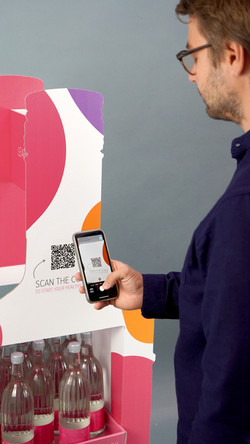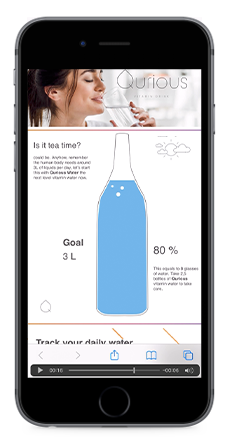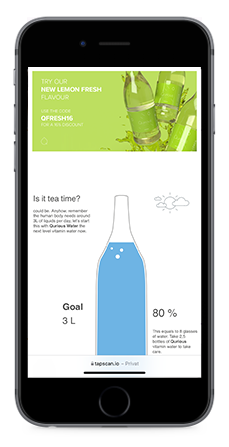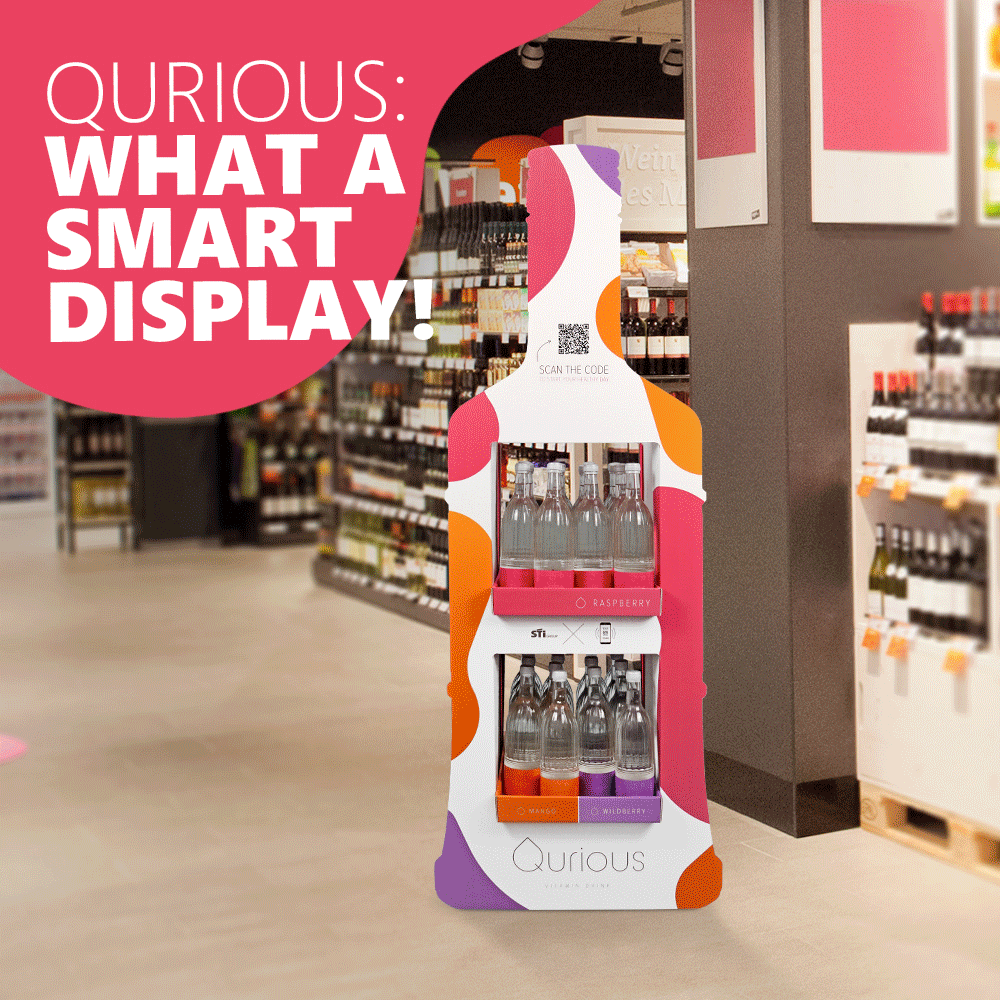Making connections using codes on smart POS and packaging
From digital markers and QR codes to NFC tags and Snapcodes, from Amazon SmileCodes to Spotify barcodes and even simple raffle numbers; there are many ways you can make your packaging or POS smart and give shoppers access to further media and data. At present, QR codes are probably the best known example.
Codes can be used to provide information about product origin or supply chain traceability, but it is the ability to communicate with users that tends to get brands really excited. Connected packaging is an interactive medium that bridges the analogue and digital worlds, delivering measurably successful campaigns.

Static or dynamic QR code?
Both types of QR code are quick and easy to generate. Static codes encode fixed information, whereas dynamic codes can have their function and linked content changed – as often as desired. Dynamic codes also allow scanning statistics to be created in a GDPR-compliant way.
What is dynamic content?
Dynamic QR codes link to website content that can vary depending on the time and place of scanning, and the browser language of the mobile phone. The same code could deliver different content on Fridays than on Mondays for example, or supply different information to shoppers in France versus shoppers in Poland.
Individual or generic QR codes?
Generic codes are identical on every pack, so are simple to apply during the packaging printing process. Individual codes are unique, so best applied by laser.
Which type you choose will depend on the type of interaction sought, the desired user experience and the available budget.
| What do generic QR codes enable? | What can individual QR codes offer? |
|
|
Best Practice
Qurious Water: the water that thinks!
Depending on the time of day it is scanned, the dynamic QR code on a Qurious water bottle or retail display shows how much water we should have drunk by now. While at 9am that might be just 10%, for example, consumers scanning from 5pm onwards might see a figure nearer 80%.
When the QR code is scanned instore, further brand details are provided. When a code is scanned at home, further flavours are advertised to motivate the shopper to buy again.


Did my display actually get placed?
Smart codes can also support measurement of display compliance, in two ways.
Case 1: When a shopper scans the display code and confirms their GPS location data, this can be aligned on the server with a store locator to show that the display has arrived in store.
Case 2: A smart code can also be applied to assembly instructions, leading to a landing page with a video showing where best to place the display. Scanning this code can provide the same results as case 1. The landing page could also offer an option to upload a photo of the display as real-time proof of how and where it was implemented.




